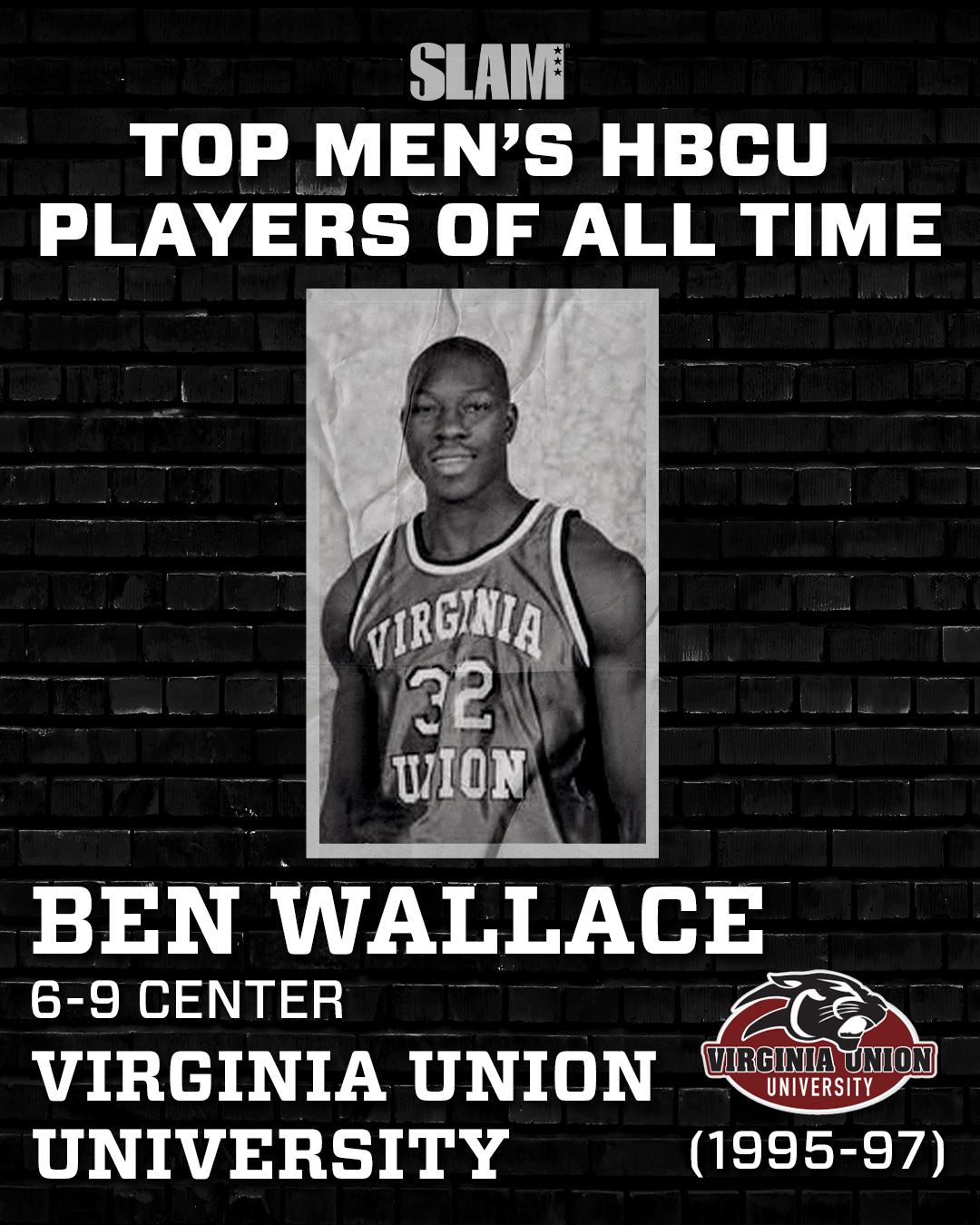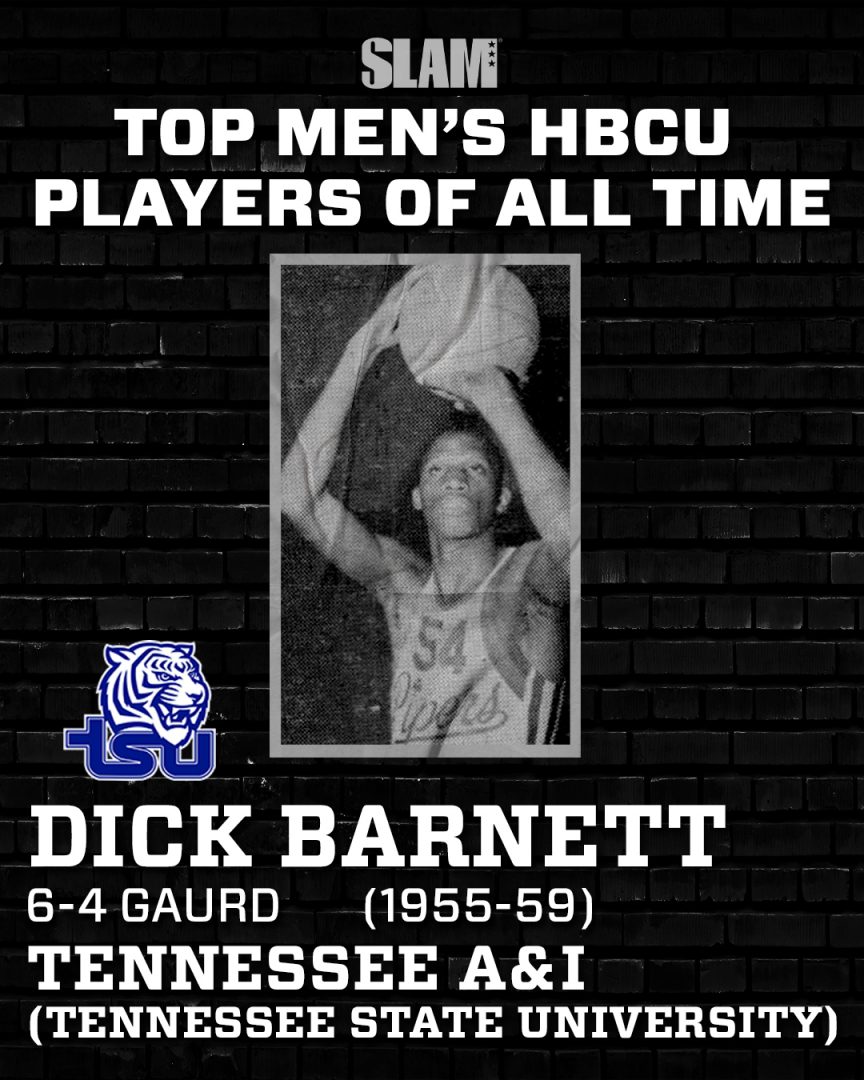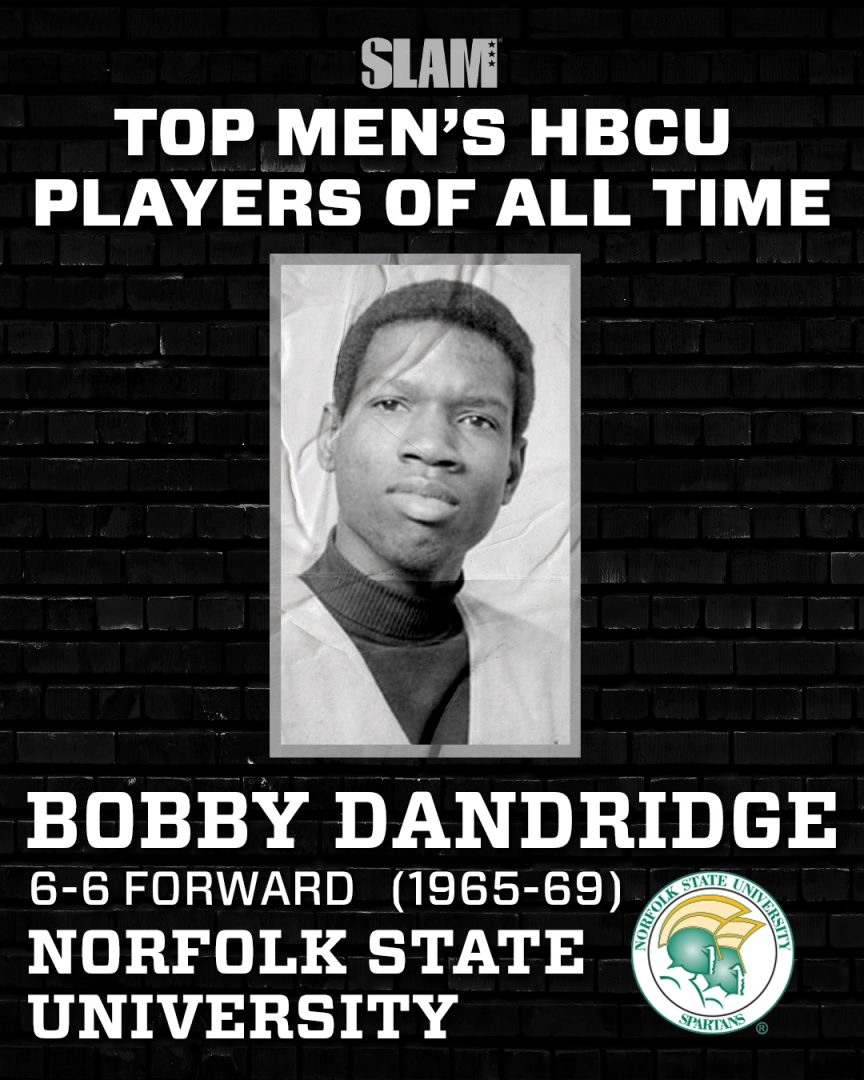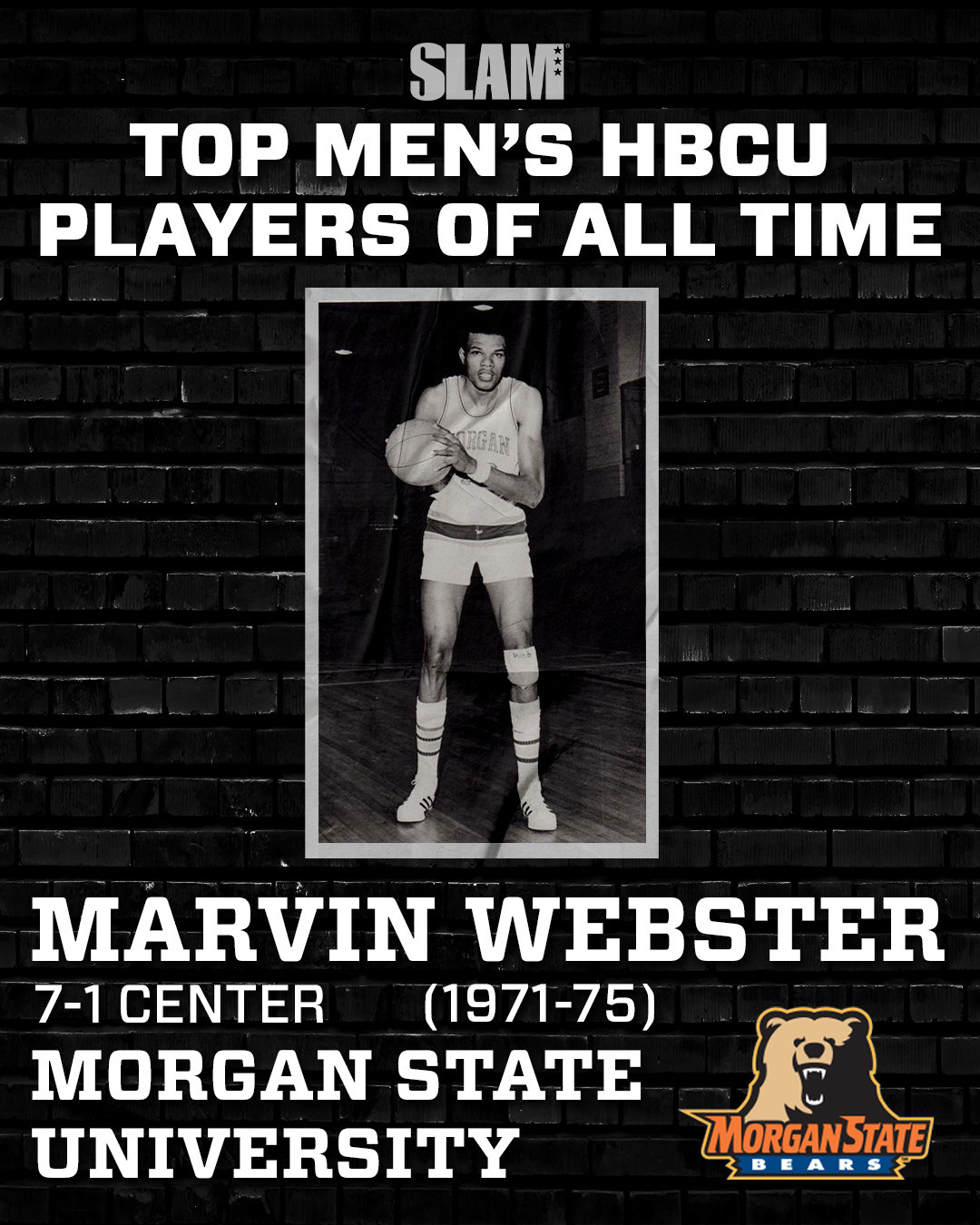When you look at some of the greatest to ever play the game, there are plenty of them who starred at Historically Black Colleges and Universities. HBCU basketball has provided a platform for some legendary standouts to display their skills at schools such as Winston-Salem State, Grambling State, Virginia Union, Tennessee State, North Carolina A&T and others.
These schools haven’t received a lot of national attention for their contributions to the game. Nevertheless, HBCUs have produced some terrific talent, who have gone on to enjoy careers in the NBA, such as Leonard “Truck” Robinson (Tennessee State, New Orleans Jazz), Donald “Slick” Watts (Xavier La., Seattle SuperSonics), Caldwell Jones (Albany State, Philadelphia 76ers), Purvis Short (Jackson State, Golden State Warriors), Larry Smith (Alcorn State, Golden State Warriors), and Kyle O’Quinn (Norfolk State, Philadelphia 76ers), among many other.
Right now, Robert Covington from Tennessee State, who plays for the Portland Trail Blazers, is the only active NBA player from an HBCU.
This number could change with some future potential prospects playing at Black institutions, like Joe Bryant (Norfolk State), Tyree Corbett (Coppin State), Kyle Foster (Howard), M.J. Randolph (Florida A&M), and Jalen Johnson (Alabama A&M), to name a few. Today’s HBCU stars are well-coached, with the likes of LeVelle Moton (North Carolina Central University), Robert Jones (Norfolk State), Johnny Jones (Texas Southern), and Byron Smith (Prairie View A&M) among the many impactful mentors.
In addition, the NBA and the NBPA will host a Mid-Eastern Athletic Conference game between Howard University and Morgan State on Saturday, Feb. 19 during NBA All-Star Weekend at the Wolstein Center in Cleveland, Ohio.
Every Thursday throughout Black History Month, SLAM will spotlight five HBCU legends who were not only dominant players during their time, but also trail blazers of the game.
Check out our list from last week, which includes Earl Monroe, Charles Oakley, Rick Mahorn, Willis Reed and Avery Johnson.
They called him “Mr. Clutch’” for a reason. Sam Jones was known for knocking down shots when the game was on the line, and during his collegiate career he scored 1,745 points while playing for Hall of Fame coach John McLendon at North Carolina College (now North Carolina Central University). The three-time All-CIAA honoree was the first Black athlete to be inducted into the North Carolina Sports Hall of Fame in ‘69.
Although originally drafted by the Minneapolis Lakers in the 1956 NBA Draft, Jones decided to go back to college to earn his degree after serving in the military. Then, a year later, he was selected in the first round by the Boston Celtics in the 1957 Draft. Throughout his 12-year career in the League, Jones averaged 18.9 points and 4.7 rebounds across 154 games during the playoffs and hit one of the most clutch buzzer-beating shots over the Philadelphia Warriors during Game 7 of the 1962 Eastern Conference Finals to send the C’s to the Finals. There, they defeated the Lakers in another seven games, giving the five-time All-Star his third ‘chip—he’d go on to win 10 titles. Rest in peace, legend.

Wallace transferred to Virginia Union from Cuyahoga Community College and was a dominant big man for the Panthers during his two seasons. He led Virginia Union to a 28-3 record and a trip to the NCAA Division II Final Four in 1996. The All-American averaged 13.4 points and 10 rebounds.
Although Wallace went undrafted, he had a 17-year career in the L, mostly suiting up for the Pistons. There, Big Ben held his own on the defensive end: he was a four-time NBA Defensive Player of the Year, two-time rebounding leader and led the League in blocks in ‘02. Two years later, Wallace won his first and only title with the Pistons. He was inducted into the Naismith Memorial Basketball Hall of Fame in 2021.

Barnett was a brilliant shooter with one of the most unique jumpshots—he’d kick his legs up and let the shots fly from long range. His feathery touch helped the Tigers win three consecutive NAIA titles (1957-59).
Barnett was chosen in the first round of the 1959 NBA Draft by the Syracuse Nationals. He played 14 NBA seasons, spending nine of those years with the New York Knicks. There, he was part of the Knicks’ 1970 and 1973 NBA championship teams.

Dandridge is one of the greatest players to ever suit up in the CIAA. In 1968, he averaged 26.1 points per game and led Norfolk State to the CIAA championship as a junior. The dominance continued his senior year, where he averaged 32.3 points while guiding the Spartans to a 21-4 record and another trip to the NCAA tournament.
Dandridge was then selected in the fourth round of the 1969 NBA Draft by the Milwaukee Bucks. He played 13 seasons and won two ‘chips with the Bucks and the Washington Bullets. In 2021, he was inducted into the Naismith Memorial Basketball Hall of Fame.

Webster was known as “The Human Eraser” for his elite shot blocking ability, but his game was truly all-around. He averaged eight blocks and helped lead Morgan State to the NCAA Division II championship in 1974, where he posted 21.4 points and 22.4 rebounds a night and was ultimately named Division II Player of the Year. He finished his collegiate career with 1,900 points, 2,267 rebounds, 839 blocks and was a three-time MEAC Player of the Year. Different.
Webster then played two seasons for the ABA’s Denver Nuggets and eight NBA seasons with the Seattle SuperSonics, New York Knicks and Milwaukee Bucks.
Photo credit Getty Images, Tennessee Sports Hall of Fame, Norfolk State and Morgan State.
